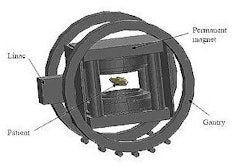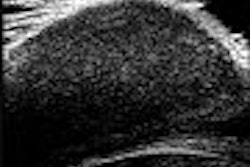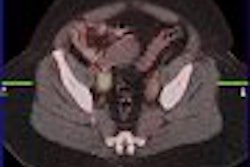Dear Radiation Oncology Insider,
We launch our inaugural RadOnc Insider with an article on how alpha particles can be used to blitz solid tumors. The experimental technique, called targeted alpha therapy (TAT), has heretofore been reserved for leukemia and lymphoma treatment. But researchers in Australia believe they've hit upon a way to deploy TAT and zap leaking tumor capillaries. Click here to read more of this Insider Exclusive, courtesy of our friends at U.K.-based medicalphysicsweb.
You'll also want to check out the results of a pilot study on the complementary relationship between FDG-PET results and biomarkers in cervical cancer. It's an intriguing example of how imaging and genetic profiling can work hand in hand to assess tumor aggression. Click here for the details.
In other radiation therapy news, we offer an article on the efficacy of boron neutron capture therapy (BNCT) when radiotherapy in head and neck cancer has failed. Also, learn why Dutch specialists advocate treating advanced non-small cell lung cancer (NSCLC) with concomitant chemotherapy and radiation, and read why radiofrequency ablation is a reasonable alternative to partial nephrectomy for the treatment of certain renal tumors.
Finally, with Breast Cancer Awareness Month coming up, we have multiple stories on the vital role radiotherapy plays in treating this disease:
- Does left-sided radiation carry an increased risk of late radiation-associated coronary damage?
- A boost dose of radiation improves local control in women undergoing breast-conserving therapy, although it may not impact survival.
- Are women with a genetic predisposition to breast cancer likely to have the disease triggered by low-dose radiation exposure?
- Radiotherapy reduces local recurrences in women with ductal carcinoma in situ (DCIS).



















